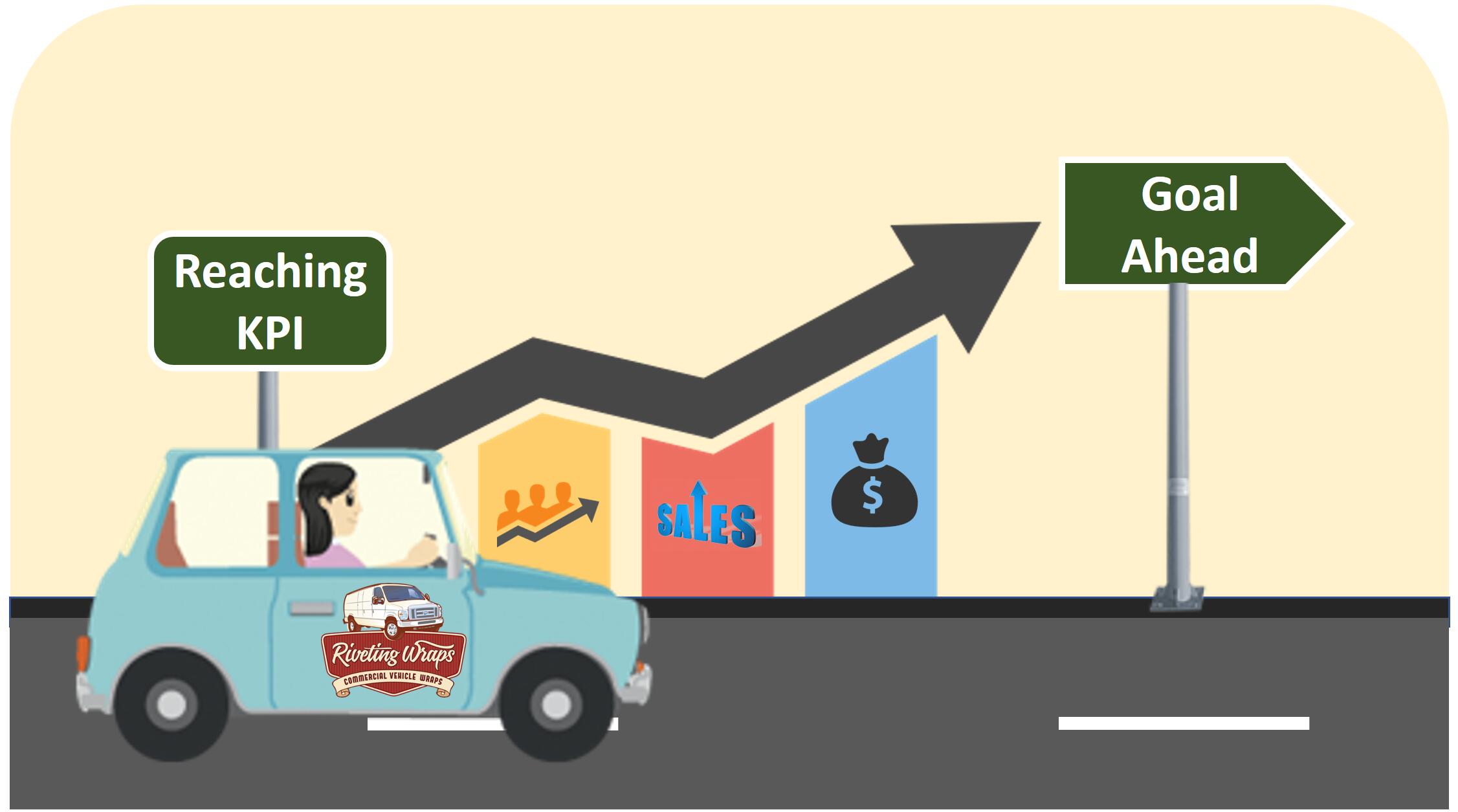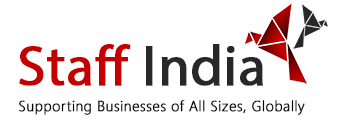Reaching Help desk KPI Goals

Help desk KPI or key performance indicators assist help desks in formulating and evaluating how far the organization is in terms of reaching its goals. In short, these indicators help the company measure its progress relative to its objectives.
To optimize the resources and manpower of a help desk, effective performance management measures should be in place. According to the U.S. Office of Personnel Management, these measures should include formulation of objectives, continuous monitoring of agent performance, proper training of agents, evaluation of agent performance and recognition of those who have rendered excellent performance.
As part of performance management, most help desks have come up with key performance indicators (KPI) to help them prioritize and process the calls that they receive. KPIs, also called as critical success factors, are usually identified after a help desk had already been able to set its mission and defined its goals. These success factors differ from one company to another depending on the nature of its operations and corporate goals.
Once KPIs have been identified, it is crucial that all members of the organization should be informed about them. These indicators give the employees a clear picture of what is considered important by the company. Once these are known, it will be easier for help desk staff, agents, and management personnel to set their priorities. Moreover, for KPIs to be effective, they have to be quantifiable. This implies that a help desk should have the means or the technology to be able to define, measure and monitor these indicators or success factors.
Depending on the type of support required by a customer, a help desk staff should ensure the resolution of calls and the performance of agents based on identified success indicators. Other factors may also have to be considered such as the number of users affected by an incident and the impact of this incident to a business.
Most help desks identify the resolution of 80% of calls within 30 minutes as the first priority of help desk. In addition, other help desk KPIs such as call cost, customer satisfaction, first call resolution, agent efficiency and overall help desk performance have already been incorporated into the metrics that are used to evaluate the performance and productivity of help desk employees.
Other commonly used performance measures are mean conversation time or average talk time (ATT), mean dialing time, average handling time (AHT), the number of calls handled by agent per hour or service level and the time delay while waiting for a call to be answered.
In line with the identification of crucial help desk KPIs, help desks now employ different technologies to ensure the productivity of all agents as well as the processing of all queued calls. These technologies include automatic call distribution (ACD), automated surveys, electronic performance support systems, customer interaction management solutions, chat and web collaboration, computer telephony integration and workforce management systems. With the effective utilization of these technologies, quality service can be provided to customers. Furthermore, these help managers identify areas for improvement to ensure the continuous provision of excellent service levels.
Back Office Fields
- Telemarketing
- Book Keeping
- Data Entry
- Virtual Assistant
- Transcripting
- Call Center Agents
- Email Chat and Support
- Help Desk
- Human Resources
- Proof Reading
IT Fields
- C++
- SQL
- Vb.net
- Web Design
- C#
- Asp.net
- Website Developer
- Java
- I.T Support
- Dreamweaver
General Fields
- Marketing
- SEO Internet Accounting
- Social Networking
- Blogging & Forums
- PPC Internet Marketers
- Technical Support
- Financial Analyst
- Advertising
- and many more...
- Please enquire
